After nearly three years of Russia’s full-scale invasion of Ukraine, the future of the country’s fight against Vladimir Putin’s forces is more uncertain than ever.
Donald Trump’s sweeping victory in the US presidential race, off the back of promises to end the war in Eastern Europe in 24 hours – seemingly even if that means forcing Kyiv to cede territory to Russia – appears to spell the end of the West’s long-held policy of helping Ukraine to defeat Putin entirely. Negotiations with Russia, after years of silence, are back on the agenda.
This is causing significant stress in Ukraine’s parliament, the Verkhovna Rada. As Kira Rudik, a Ukrainian opposition leader, puts it: “The world needs to understand how crucial it is not to end the war on any idea of negotiating with Russia.”
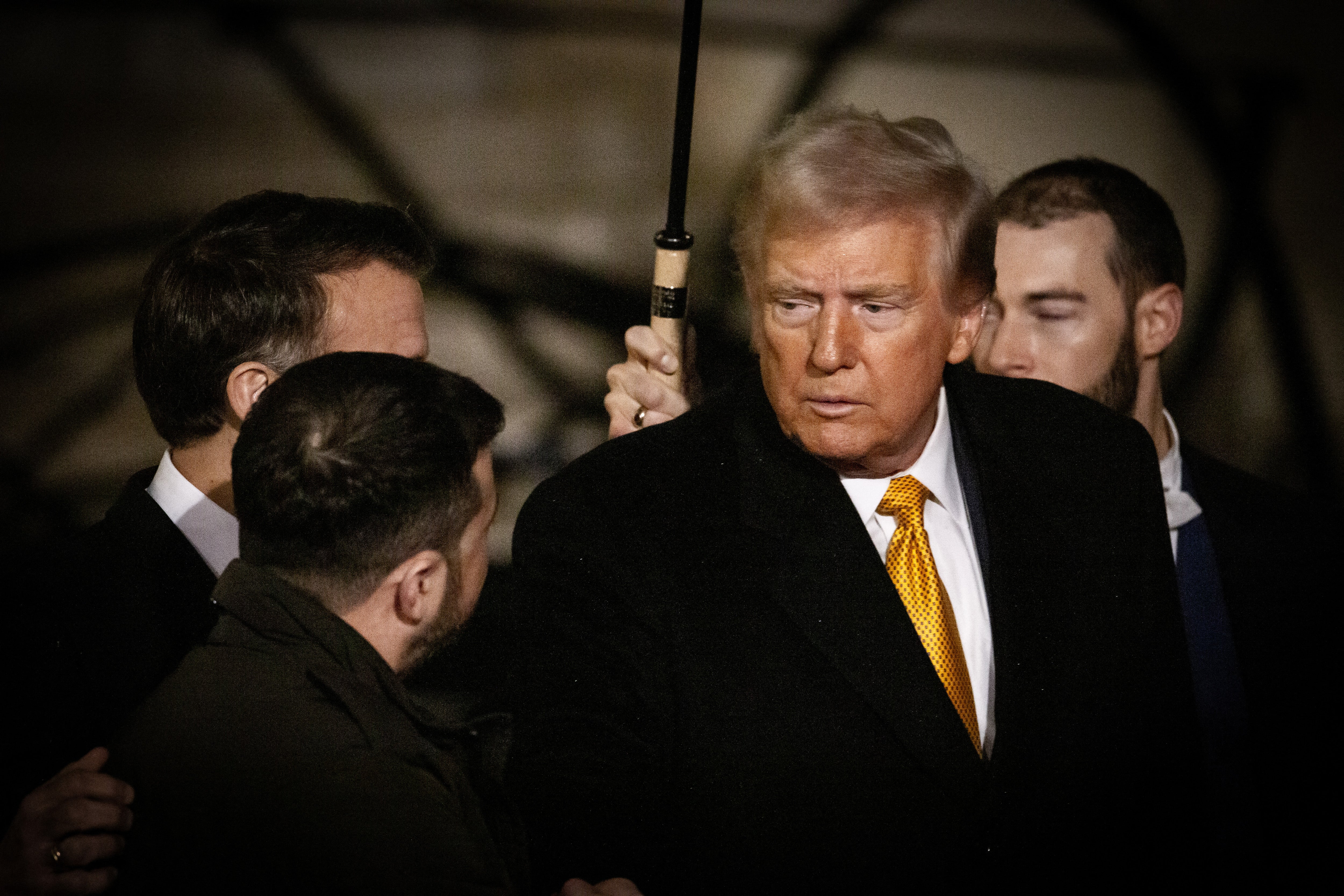
Others in Kyiv are cautiously hopeful that Trump will quickly realise Putin will not be persuaded to stop his invasion, and that the incoming US president will then respond by substantially increasing American support for Ukraine beyond what the previous administration, under Joe Biden, has been willing to countenance.
Former US and British officials have discussed with The Independent how negotiations could play out, but in the meantime, Trump’s great solution to “end the killing” remains a mystery to everyone – potentially even the president-elect himself.
While the world waits to see what transpires, Ukraine is already facing an array of problems.
Military and frontline

Ukrainian president Volodymyr Zelensky has admitted that the country’s military currently lacks the strength to retake the nearly 20 per cent of Ukraine occupied by Russia in the south and east.
Some of that could be blamed on the US and Europe’s tentative approach to supporting Ukraine – one that has seen plenty of rhetoric, but has been tempered by a desire to avoid pushing Russia into escalating the war. The use of Western-supplied missiles deep inside Russia is one big decision that has come in recent months, but Zelensky has called for more weapons, ammunition and air-defence systems, and for them to arrive quickly.
The Ukrainian military also has its own issues, centred on difficulties with recruitment, retention and rotation as well as communication between its generals and the fighting army.
Simply put: Ukraine needs more soldiers, better training of new troops, and a more realistic expectation of their capabilities from Kyiv’s senior military staff.
Sources suggest that Kyiv needs to recruit 160,000 soldiers to staff the current level of brigades to an 85 per cent staffing rate, according to Emil Kastehelmi, who tracks the war in Ukraine for the Black Bird Group, a war monitor.
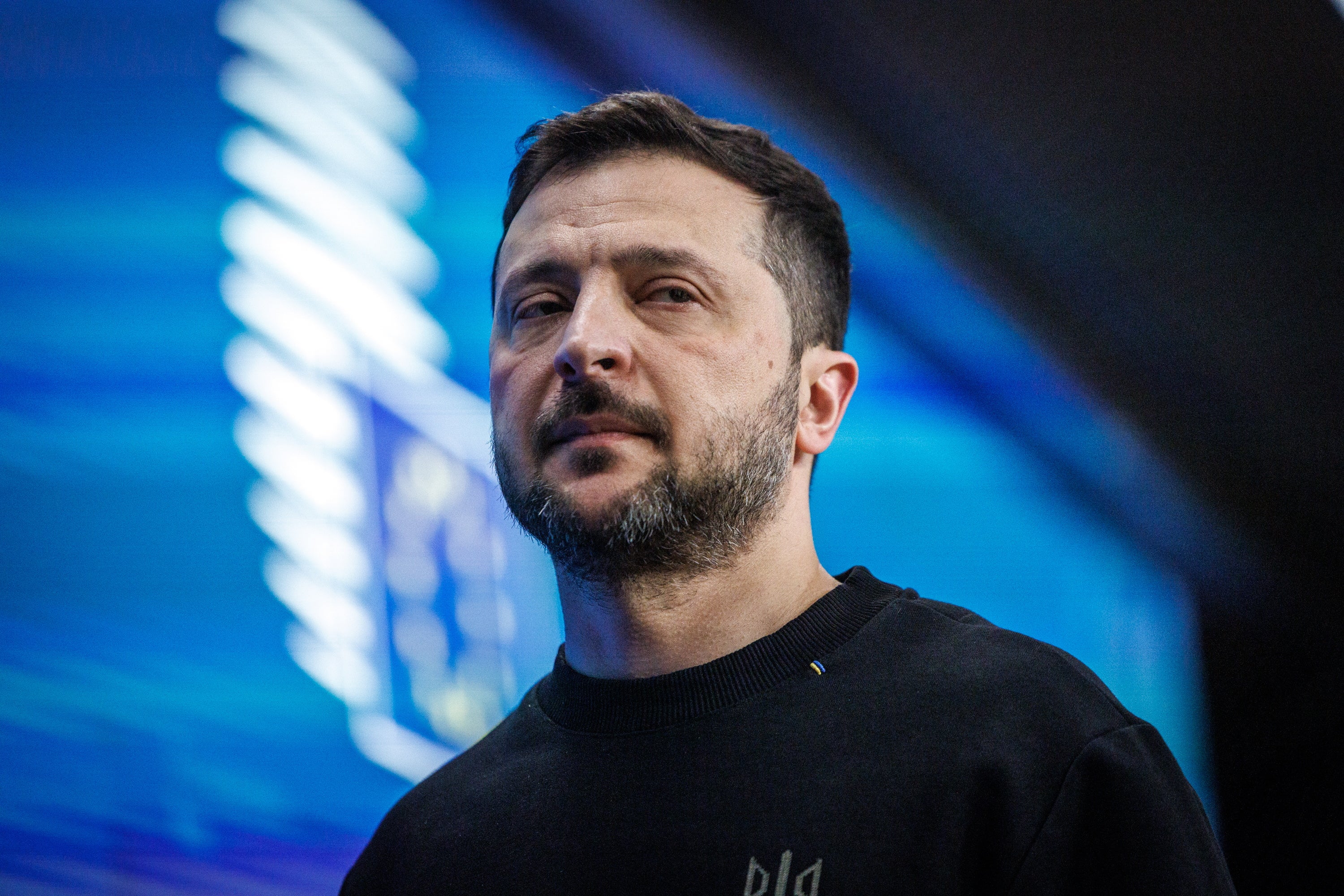
The US is reportedly trying to convince Zelensky to lower the age of conscription from 25 to 18 to address this issue, a move that the Ukrainian president is resisting in the hope of preserving the country’s future generations.
But Kastehelmi says the situation is more complicated.
Conditions on the front are difficult, with many soldiers fighting for years without rotation and with limited weaponry, in the face of a slow but steady advance by Russian forces – particularly in the east of Ukraine. That acts as a significant disincentive to signing up.
Desertions from the front line and training centres are a big issue, he adds, as is the fact that roughly 20 per cent of the 4.3 million Ukrainian refugees in Europe are male.
Military recruiters are wildly unpopular; videos in October showed men screaming as they were dragged away by officers who had raided restaurants and bars in search of those who had not signed up.

There are too many ways in which people will try to avoid going to the front, Kastehelmi says. “If the system isn’t working, it doesn’t really matter if they lower the age of conscription,” he says.
Ukraine’s last military commander-in-chief, Valery Zaluzhnyi, first publicly raised this problem in December last year, and was later stepped down from his role in suspicious circumstances. The problem with recruitment, however, persists.
Russia’s creeping advance in Donetsk has, in part, been the result of this manpower issue. The advances may be measured in hundreds of square miles in a country encapsulating hundreds of thousands of square miles, but they are concerning nonetheless.
Since seizing the strategic city of Avdiivka in Donetsk in February after months of heavy fighting, Russian forces have captured more than 400 square miles and advanced up to 30 miles towards the next city of Pokrovsk, a key defensive position protecting the rest of the region. Russian troops are now within a few miles of the city’s outskirts.
To the west, Russian forces have also advanced through the strategically valuable towns of Kurakhove and Velyka Novosilka towards the regional border with Zaporizhzhia.
In the Russian border region of Kursk, which Ukraine partially captured after a daring cross-border assault in August, Moscow’s troops have also chipped away at Kyiv’s forces with the help of around 10,000 North Korean troops.
Kastehelmi says the second reason for these advances relates to communication problems between commanders and those fighting day to day. Information about the realities on the ground is either not being properly fed to the decision-makers or is not being acted upon.
Renowned Ukrainian military officer Serhii Filimonov, commander of the “Da Vinci Wolves” battalion of the 59th Motorised Brigade, recently described Pokrovsk’s defence as a “disaster” because “the higher command ... sets unrealistic tasks for the units”.
Zelensky’s latest pick for land force commander appeared to address these concerns after his appointment in late November.
“People, technology and transparent management are the focus of attention that will be introduced,” he wrote in a lengthy statement on the Telegram messenger app, before adding: “Changes will come.”
Humanitarian aid
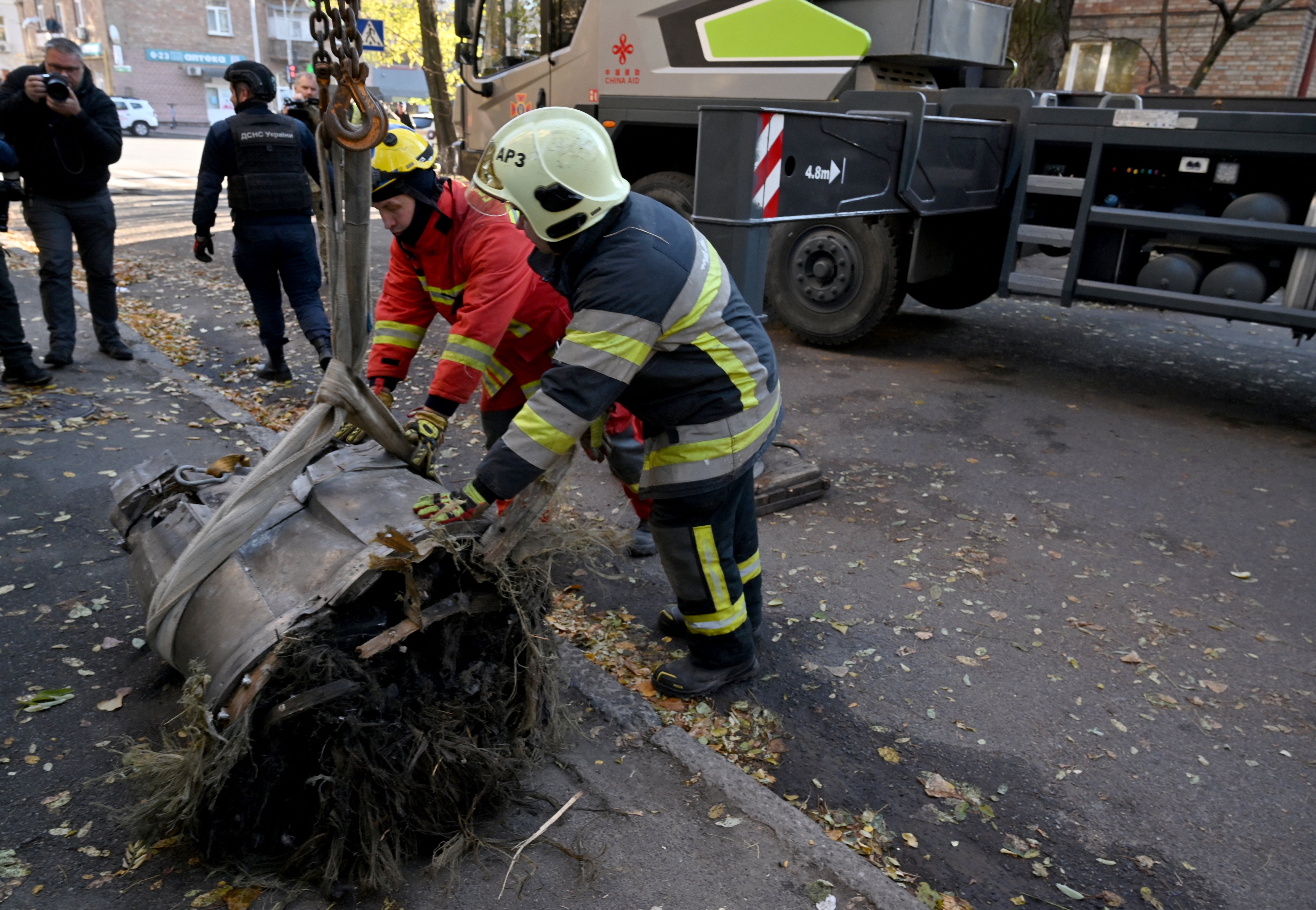
Humanitarian needs in Ukraine remain “very high”, says Elisabeth Haslund, senior communications officer at the United Nations’ refugee agency in Ukraine.
She points to the advances made on the ground by Russia, as well as “massive, coordinated, very complex aerial attacks that are really hitting across Ukraine”, as serious causes for concern.
More than 3.5 million Ukrainians are internally displaced, with the country’s most vulnerable living in 350 collective sites across Ukraine. The longer the war goes on, the more embedded the difficulties of being in this situation can become. “The longer you are internally displaced, it can make the needs and vulnerabilities even more dire,” says Haslund.
A little over a third of the country is in need of assistance, according to a Humanitarian Action report. A further 4.3 million are living as refugees abroad.
Funding for the country’s humanitarian needs, however, has been steadily declining since the first year of the invasion.
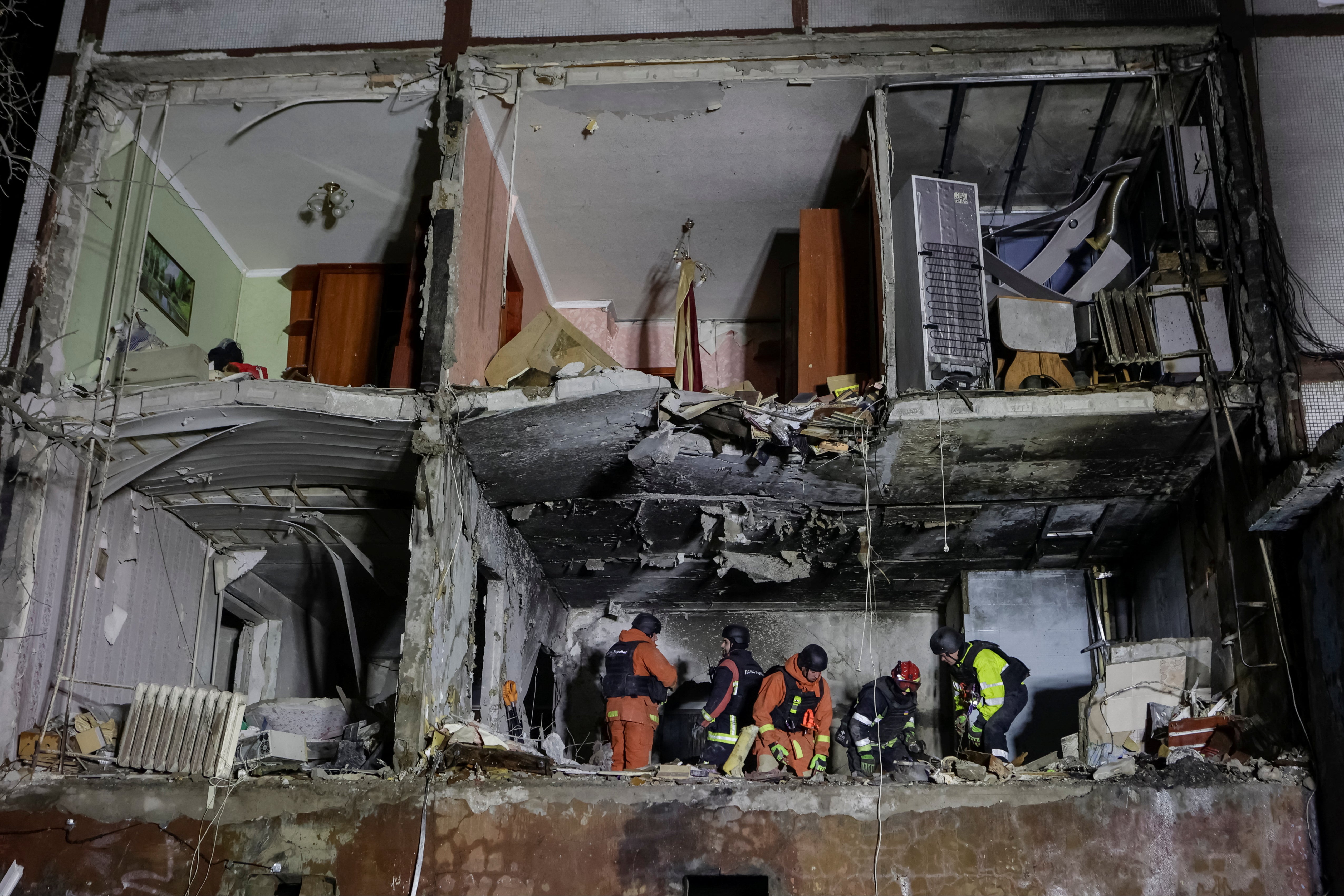
In 2022, in the first months of the invasion, nearly 90 per cent of the total funds needed for the UN’s humanitarian efforts was raised. The following year, that fell to 75 per cent. Last year, it was just 61 per cent.
“Funding remains a concern,” says Haslund. “There are many other crises and emergencies across the world, but it’s important that Ukraine is not forgotten because the situation is continuing, and the humanitarian needs will be there in 2025 as well.”
The UN workers say they will look to prioritise funding for “vital emergency aid right after attacks, as well as assistance to frontline communities, and the newly displaced and evacuated people”.
“We are also focusing on support for those facing protracted displacement – those internally displaced facing hardships now for almost three years,” adds Haslund.
Ukraine’s children are also suffering. Nearly half of children enrolled in school in Ukraine are missing out on in-person schooling, with almost a million children across the country not able to access any in-person learning at all, according to Unicef.
The country is rushing to create underground schools to allow children to continue with lessons despite Russian aerial attacks.
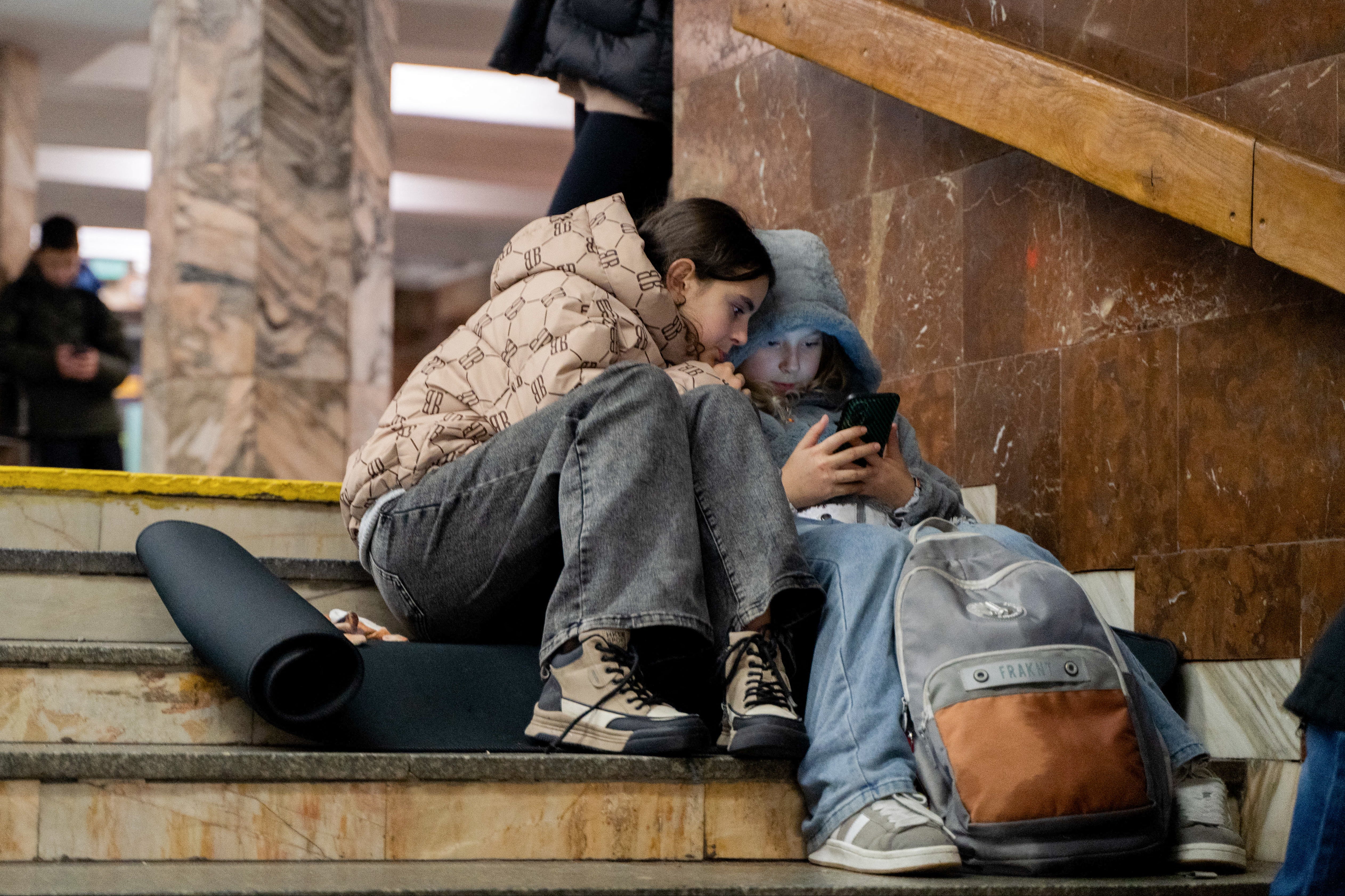
But some 365 Ukrainian education centres have been destroyed completely, and more than 3,700 have suffered damage since Russia’s invasion.
Around 40 per cent of schools, as of May this year, also failed to meet the national requirement to have accessible bomb shelters, despite a mandate from Ukraine’s Ministry of Education and Science.
Thousands also remain in Russian custody after being stolen by Kremlin-controlled authorities, according to estimates from Kyiv. Putin and his children’s commissioner Maria Lvova-Belova have already been accused by the International Criminal Court of genocide for their role in overseeing these forced abductions.
Earlier this year, The Independent spoke with five children who had escaped Russian-occupied Ukraine after being abducted. They described a concerted effort at Russification, and abuse.
How to ensure that the abducted children are returned has not been mentioned by Trump in relation to his plans to end the war.
For Haslund, the main issue revolves around rebuilding a country while it is being bombed, all with limited, even dwindling, funds.
“People want to revive their communities. We cannot wait to support those efforts,” she says. “We cannot wait for peace to start the rebuilding and the recovery.”







